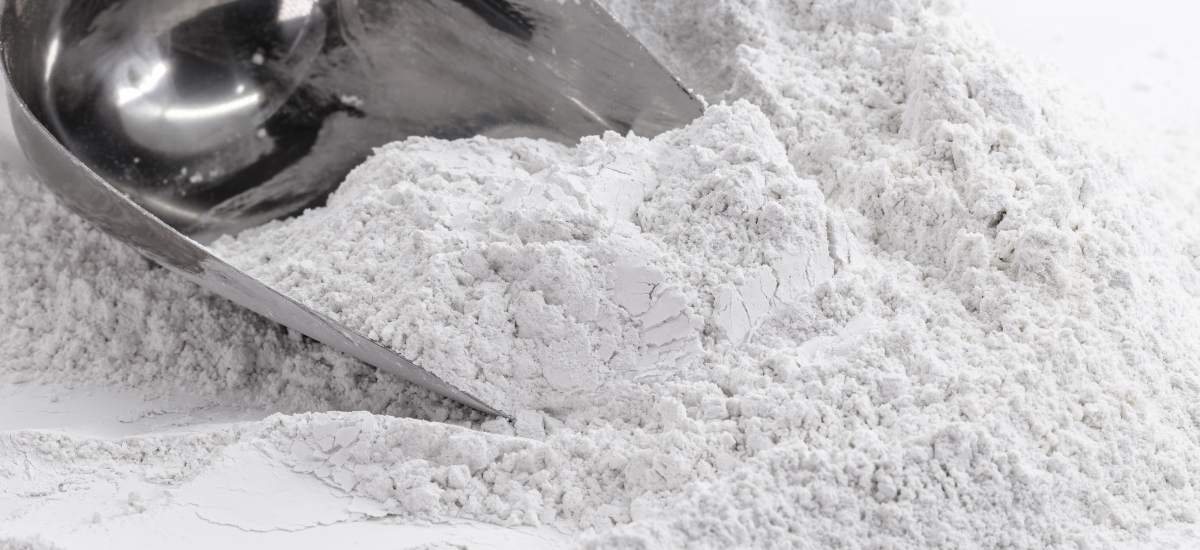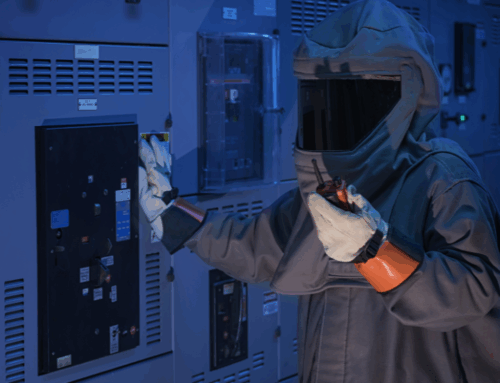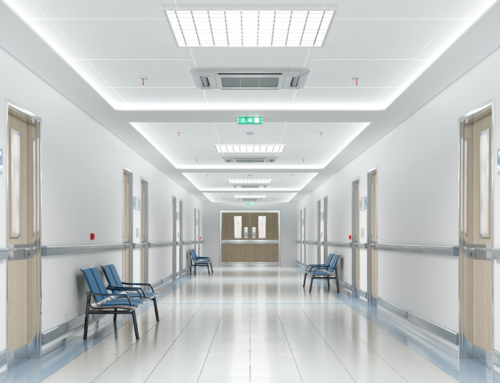Key Considerations for Designing an Efficient Material Transfer Station Suite

Small batch weighing suites for pharmaceutical drugs have a unique set of challenges, specifically transferring material seamlessly while minimizing the impact of airborne particle exposure to the operators and thus, complying with current Good Manufacturing Practice (CGMP) requirements.
According to the U.S. FDA, “Adherence to the CGMP regulations assures the identity, strength, quality and purity of drug products by requiring that manufacturers of medications adequately control manufacturing operations. This includes establishing strong quality management systems, obtaining appropriate quality raw materials, establishing robust operating procedures, detecting and investigating product quality deviations and maintaining reliable testing laboratories.”
One method for successful transfer of the raw ingredient into small batches is a material transfer station (MTS). For small batch ingredients to be precisely weighed for the drug, there needs to be careful thought put into the design of this MTS. It must facilitate the efficient transfer of small batch raw ingredients from drums to the weigh-up area, effectively capturing any airborne particles and reducing potential health risks for operators.
Through meticulous attention to detail in terms of process flow, containment measures, air quality control and electrical integration, an MTS for the small batch weigh-up system can be successfully implemented. This can ultimately provide a safe, efficient and compliant environment for the production of over-the-counter solid medication, safeguarding the well-being of both operators and end-users.
Containment
There are always challenges associated with designing a material transfer station suite. The first is the containment. The station must facilitate the ability to weigh small batch powders without exposing the operators to the powder itself. Thus, it needs to be designed in a way that aims to reduce air particle counts to lower levels for the operators.
This can be achieved by constructing a CGMP weigh up suite that incorporates new material transfer stations that enable product transfer and weighing batches with minimal exposure. Containment of the ingredients during the weigh up process is important for two key reasons: 1) keeping contamination out of the ingredients and 2) protection of the airborne powders to the operators and room.
Without considering the containment, operators will need to be in respirators to control exposure. There are two methods of transferring the raw ingredients to a precisely weighed batch. The first is total containment. With this approach, there is transfer from the drum to the portion needed for the batch through a weighing process totally contained from the outside environment. The other is partial containment. Through this method, the transfer of materials for weigh up is partially contained and the system has dust collection with a large enough capture velocity to ensure containment of the product.
HVAC
Maintaining a clean and controlled environment is paramount. One strategy is to provide air purification through HEPA filtration, effectively removing most unwanted particles or impurities from the air. This is one of the only ways to ensure the space remains clean and conducive to producing high-quality medications. To ensure a continuously clean environment, the HEPA filters should be worked into a preventive maintenance plan. This way, they’ll be replaced before the efficiency is diminished. Also, when the filters are replaced, a smoke test should be performed to verify there are no leaks across the filter media.
Not only does dust collection play an important role in the containment of the product during the weigh and transfer process, but HVAC is another critical piece of the puzzle. If the space where the weigh up process happens is CGMP (as it should be), there are some specific HVAC needs.
- The space should be designed for a minimum of six supply air changes per hour; Depending on the design and whether the space tends have risk of more airborne particles, increasing that value should be considered.
- The dust collection should contain most of the airborne particles from the transfer and weight of material, but good filtration in the space will help if any particles become airborne
- The product may have temperature and humidity requirements which must be designed into the HVAC
- Installing low wall return grills can help ensure removal of airborne particles at user level
Control
Another effective strategy is to incorporate a control system tailored specifically for a material transfer station into the design. This type of advanced system can provide precise control over particle counts. Control like this will inevitably enhance the overall quality and safety of the production process.
These types of rooms need a building management system (BMS) to control the HVAC systems serving them. This will ensure the control of temperature/humidity/filtration, etc. The BMS system that serves the CGMP areas, including these types of suites, should be validated. Also, the room requirements should go through a validation process (including seasonal testing) to ensure a constant environment that meets the product requirements.
Electric
Seamless communication and functionality between various systems throughout the material transfer process, particularly the weigh-up unit, can only be achieved through electrical design.
During the weighing/transfer process, it can be advantageous to install proximity alarms to help keep the operators away from the moving parts of the process (safety). The operators shall only remain during the process in front of the unit as the mechanism of lifting the drums for product transfer is typically located on the sides and rear.
Considerations given to the containment, HVAC, control and electrical requirements are crucial when designing a material transfer station that follows CGMP. All these elements play a key role in delivering a result that operates as intended.

Erik Eaves, P.E.
Published July 1, 2024 in Pharma Manufacturing
Erik Eaves, PE, is a principal at McClure Engineering, a mechanical and electrical consulting engineering firm dedicated to the development of innovative solutions to unique engineering problems.



